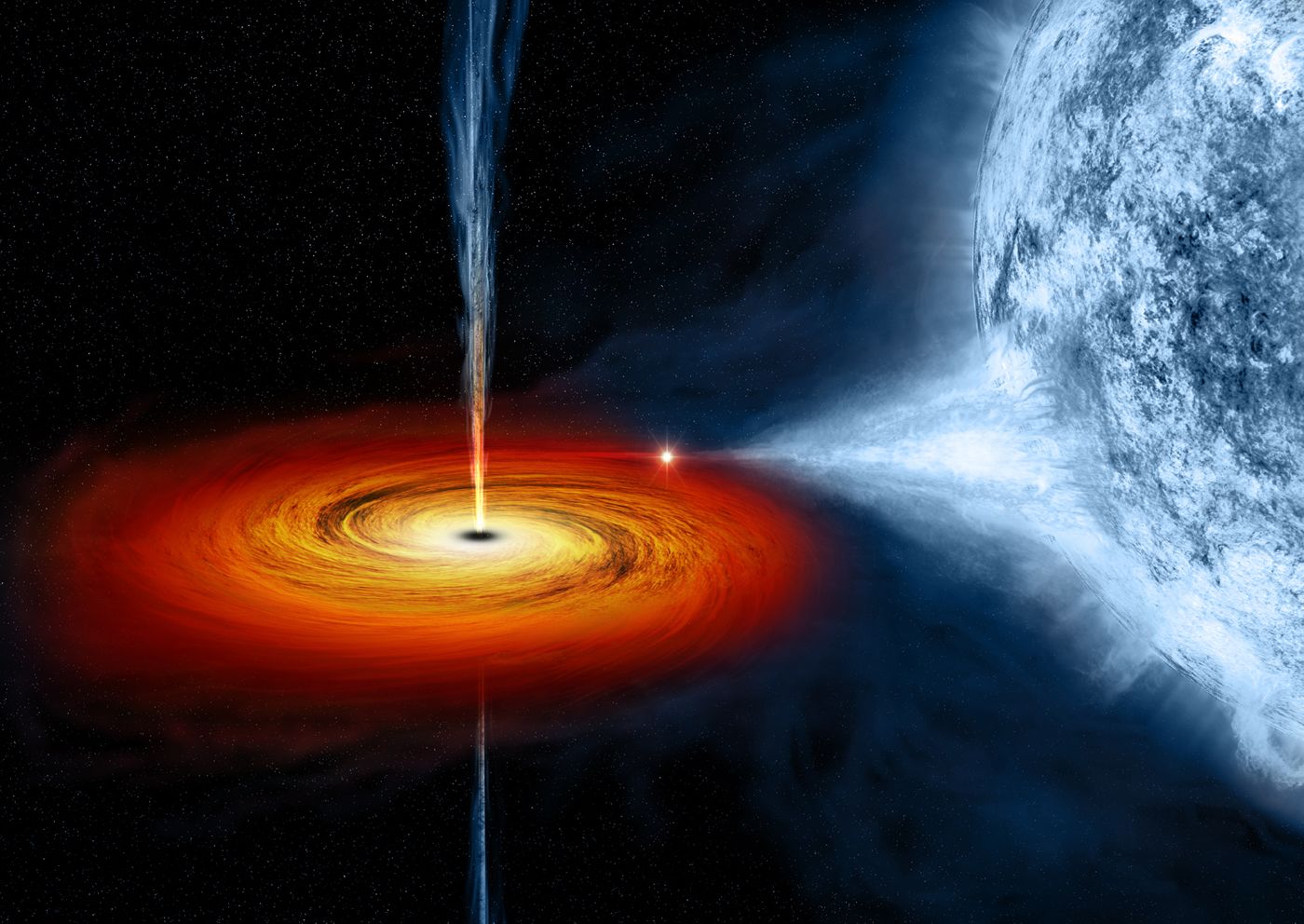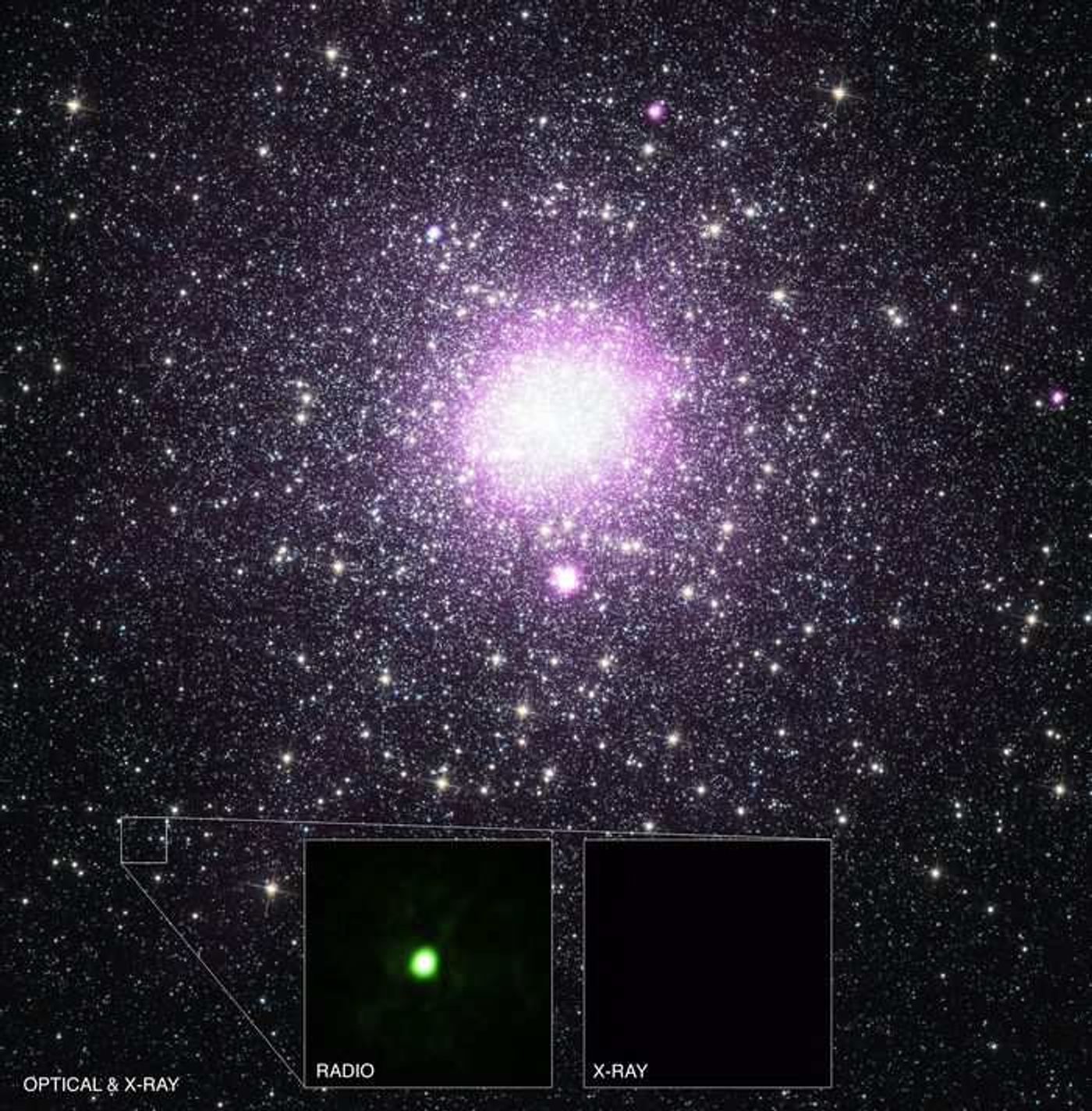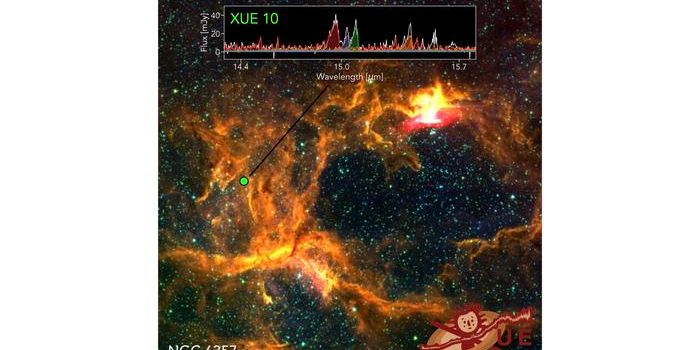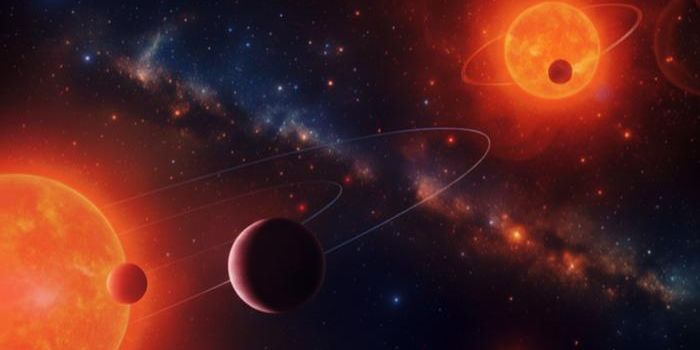There May Be Millions of Black Holes in the Milky Way We Don't Know About
Space is large, and there’s almost no way we’re ever going to be able to map out the entire universe because it’s infinitely expanding. Our own galaxy, on the other hand, is within our own neighborhood, despite the fact that, it too, is so much larger than anything we can fathom.
The Milky Way galaxy houses not only our solar system, but many other systems as well. Among those systems are stars, both alive, and those that have exploded and became black holes.

Scientists have long understood and believed that black holes are out there in our universe, but a recent study conducted by researchers from the University of Alberta suggests there could be anywhere from 26,000 to millions of black holes in the Milky Way, which is a number that estimates greatly higher than numbers previously imagined.
The study, which has been published in the Astrophysical Journal, notes that scientists have discovered the first known ‘quiet’ black hole binary. In a binary system, a black hole and neighboring star orbit one another, while the black hole slowly eats away at the star.
In typical situations, the black hole pulls in so much of the star’s matter that it expels X-rays. On the other hand, there are quieter black holes out there that seem more dormant because they expel little or no X-rays. These black holes have been noted to put off a lot of radioactivity, which can be spotted on radio telescopes.
One such example, located some 7,200 light years away from Earth, is a black hole named VLA J2130+12 that has more mass than our Sun. This black hole is pretty quiet, and as a result, it doesn’t show up so well on X-ray telescopes. When you put it behind the lenses of a radio telescope, on the other hand, it’s super bright and easy to see.

Image Credit: X-ray: NASA/CXC/Univ. of Alberta/B.Tetarenko et al; Optical: NASA/STScI; Radio: NSF/AUI/NRAO/Curtin Univ./J. Miller-Jones
"Usually, we find black holes when they are pulling in lots of material. Before falling into the black hole this material gets very hot and emits brightly in X-rays," said Bailey Tetarenko of the University of Alberta, Canada, who led the study. "This one is so quiet that it's practically a stealth black hole."
Because we can’t really see black holes that well, seeing as how they’re black, we typically wait for X-ray activity before we spot them. In examples like this one, it has become clear that we may have missed a ton of possible black holes because we’ve been looking for the wrong things. If quieter black holes don’t emit enough X-ray activity to be seen, we need to find them with radioactivity instead.
Since there has been such an oversight, are there more out there? Possibly closer to Earth?
"Some of these undiscovered black holes could be closer to the Earth than we previously thought," said Robin Arnason, a co-author from Western University, Canada "However there's no need to worry as even these black holes would still be many light years away from Earth."
As it would seem, astronomers are going to have to spend some time staring at the skies some more, as there may be thousands, or even millions, more of these binary black hole systems out there that we know nothing or very little about.
The first step to studying a black hole is actually finding it, but seeing things with the absence of any light can be difficult.
Source: University of Alberta via Edmonton Journal








